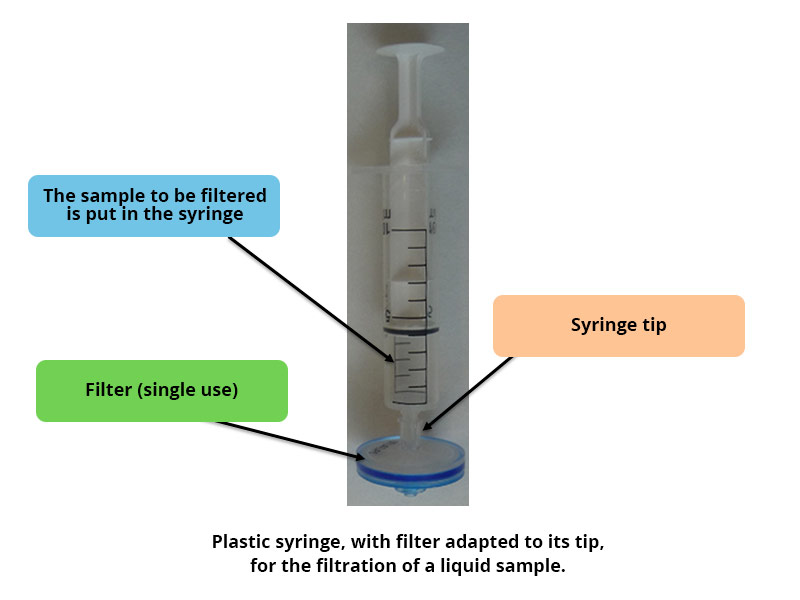How should I choose my lab equipment?
.jpg)

The syringe
Description
A laboratory syringe can be made of either glass equipped with a stainless steel needle (1 to 25 μL) or plastic with an adjustable stainless steel needle or all plastic (1 to 50 mL). Generally those with small volumes (micro-volumes) are made of glass and the stainless steel needle is either fixed or screwed in. They are very precise, unlike those made of plastic (larger volume, but approximate).
Uses
The use depends on the type of syringe.
Small glass syringes are used to deliver small volumes with very high precision, with applications such as the production of standard solutions of precise concentration or the injection of a sample in chromatography. They can also be used to collect a liquid from a crimped bottle.
Large plastic syringes are often used to prime liquid chromatography pumps when they are defused. They can also be used to filter a solution, by fitting an adapted (single-use) filter to the tip of the syringe.






